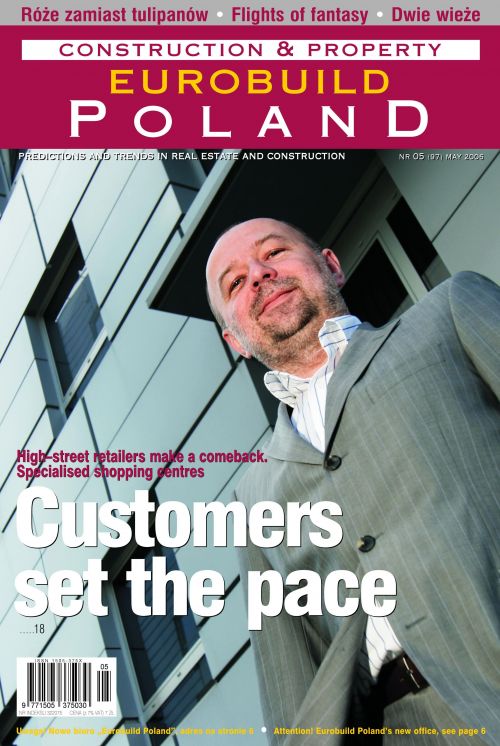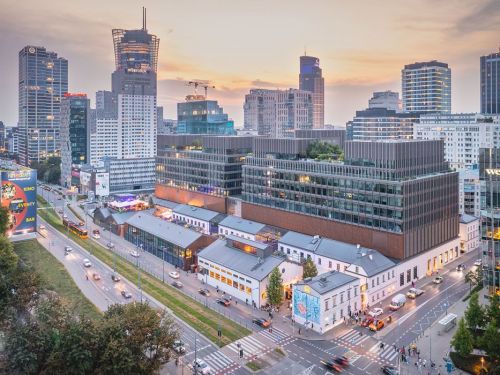The positive signals generated by the commercial property market are evidence of continued good economic health which might even improve in the oncoming months. Data for Q1 of 2006 was prepared for Eurobuild by DTZThe office market: a promising startAccording to Warsaw Research Forum data, tenant activity in the first three months of the year, in terms of new tenancy contracts, the extension of existing contracts, and the pre–lease and occupancy of offices for their own needs, amounted to 82,000 sqm in which new contracts accounted for 80 pct of the total space rented in Warsaw. The largest transactions were for Fortis Bank in the Trinity Park II building (5,200 sqm), Volkswagen Bank Polska in Rondo 1 (3,500 sqm), Cisco Systems in Topaz (2,500 sqm) and Gide Loyrette Nouel in the Metropolitan (2,200 sqm).The beginning of 2006 brought no changes in the locations preferred by tenants, most of whom are still interested in addresses in the city centre or in Mokotów (respectively 32.7






























































